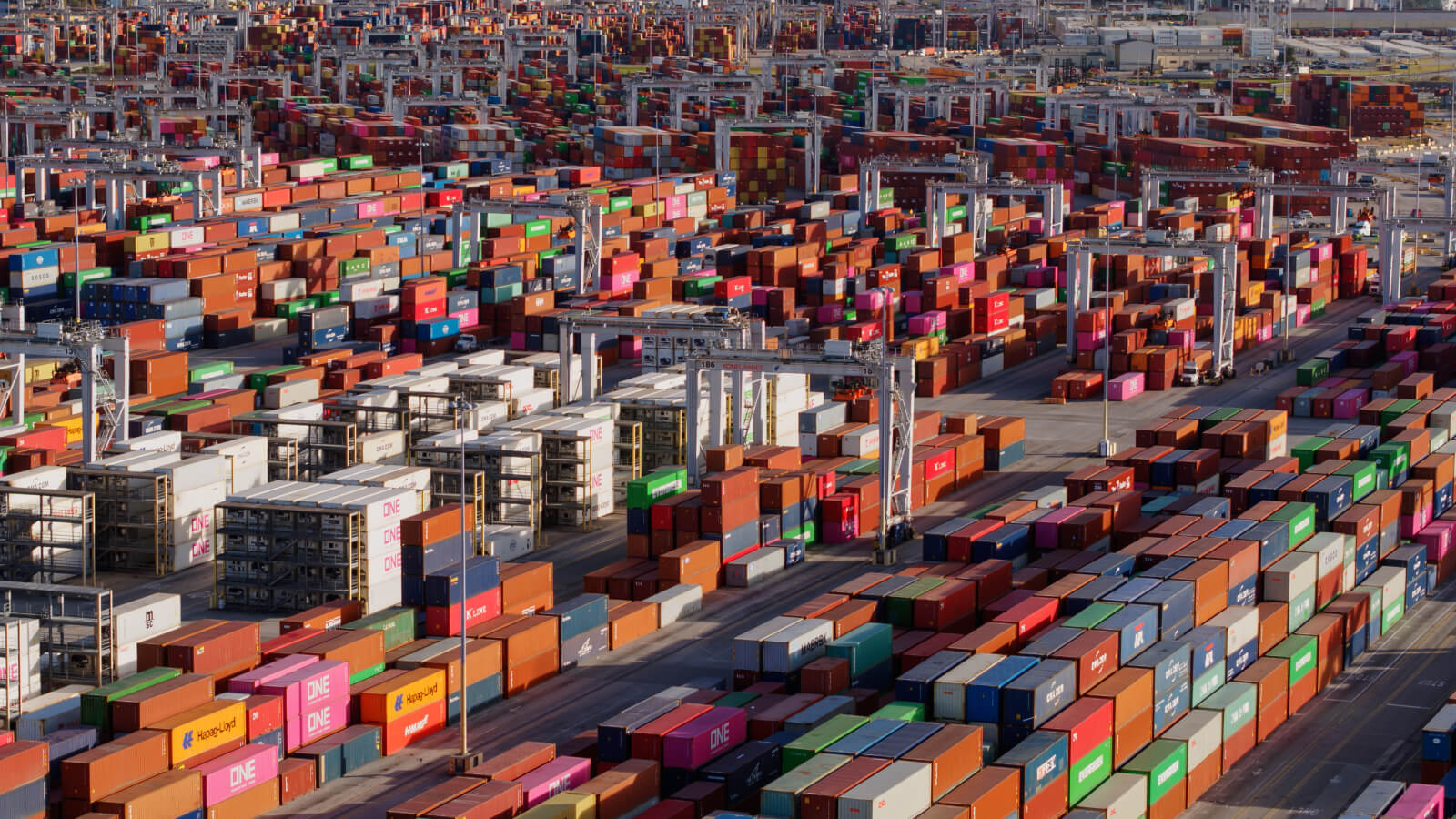
The following is an excerpt — visit Qualcomm Venture’s blog to read part one and two of the spotlight on FourKites Founder and CEO, Mathew Elenjickal.
Though various disruptions due to COVID-19, weather events, and other issues are undoubtedly some of the most challenging supply chain problems in recent years, I’d argue that a lack of collaboration, or siloed ways of working, poses the biggest problem.
But now we’re seeing firsthand the many positive effects of collaboration based on real-time transportation visibility data. By creating a single source of truth, and with partners and even competitors all having access to that same data, we’re finding efficiencies that benefit everyone. The ROI will only multiply as we enable visibility into supplies and goods from end to end. It’s easy to foresee, for example, smaller importers and startups pooling their interests to more effectively compete against larger players.
It’s clear that volatility is here to stay, and that every tremor affects different parts of the supply chain in different ways. Collaboration, powered by real-time visibility, are our best bets to manage through the uncertainty.
Technology companies are the connective tissue of the global business apparatus. We are in a better position to drive and facilitate change than even the world’s governments. For FourKites, we are uniquely positioned in that our product can, by definition, help companies decarbonize their supply chains. We often say you can’t change what you haven’t measured, and real-time visibility is the best measurement tool.
In fact, we recently announced a new Net Zero initiative to help the world’s leading companies achieve their organizational goals to reduce supply chain emissions. As part of this announcement, we unveiled the Sustainability Hub, a suite of analytics tools to provide better visibility into resource consumption and waste generation; a new Sustainability Advisory Board; and ongoing original research around sustainability.
To answer that question, it’ll be good to reflect on how supply chains have been impacted in the last 24 months. During COVID we had a demand shock. People were rushing to buy all sorts of day-to-day items, and that created a demand shock that was never seen before. And that demand shock traveled through the supply chain to the suppliers in China, Vietnam, or elsewhere, but it took some time.
Then the suppliers had to increase production, but by that time there were supply shocks, too. Factory outages, some power outages in China, COVID factory shutdowns. Then we had the Suez Canal blockage. And now what’s happening in Ukraine. This constant flux of shocks, on the demand and the supply side, has created a perfect storm for how we need to think about the future of the supply chain.
But we believe that in 10 years the supply chain ecosystem will live up to the promise of real-time data and artificial intelligence; further digitization will create richer data, widespread adoption of platforms that aggregate the data will provide actionable insights, and all relevant supply chain platforms will be integrated across every decision-making tool. End-to-end prescriptive analytics will create the more sustainable, predictable and resilient supply chains we desperately need.
For the full interview, read part one and part two on Qualcomm Venture’s blog.